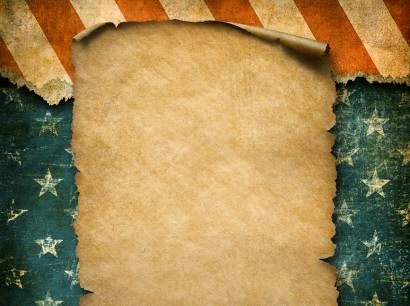This Week's Story
As the America Declaration of Independence was adopted, enemy invasion forces were landing near New York City.

This Week’s Story relives American history and the Bible through brief inspiring stories presented on mp3 audio recordings and text for reading.
Hope was strong and the stakes high! part one
Voices shouted in the streets of Philadelphia.
“Freedom!”
“No more British soldiers quartered in my home!”
“George the III, you are not our king!”
“Now we are the United States of America.”
Flags waved and church bells rang. Americans cheered as the news spread.
“The Declaration of Independence” has been adopted by the Second Continental Congress of the Thirteen Colonies.”
“What was the vote?”
“Twelve Colonies voted “Yes” and New York abstained.
John Adams, future second president of the United States, wrote to his wife Abigail that day, July 4, 1776, “I am well-aware of the toil
and blood and treasure that it will cost to maintain this Declaration, and support and defend these States. Yet through all the gloom I can see the rays of ravishing light and glory. I can see that the end is worth more than all the means.”
Hope was strong, yet that same day enemy invasion forces were landing near New York City. The commander of the mission, British General Howe, declared, “We can squash this American rebellion, if we capture New York City, which controls the Hudson River. The river will be our gate to defeating the northern Colonies. We will teach these rebels who is their king and who owns this land.
“First, we must take Brooklyn from the Americans. It blocks our way to victory in the north.”
Within two months the numbers were on the British side and the British general was confident. General Howe now had 15,000 British soldiers and 5,000 German mercenaries on the shores of Brooklyn. Thousands more were outside New York City.
Howe’s strategy for this first major battle of the American Revolution caught the Americans by surprise. They expected a frontal attack by large conventional forces. Instead the British flanked the Americans until they were nearly surrounded. They also struck the Americans from the front.
Most Americans were not experienced in fighting with a unified army. They battled best from covered positions, especially guerrilla style. Many were hunters.
Not only were the American forces at Brooklyn nearly surrounded by the enemy and low on gunpowder, they had only 8,000 soldiers. About half were untrained. Several had come in the past three weeks. A larger group of American soldiers were posted to defend New York City, in case attack came there. The battle at Brooklyn was important if the Americans were going to succeed. As yet, they were poorly prepared to fight a war.
Soon after the order for attack came, the Americans on the left and center were over-run and retreated. On the right Americans under Alexander Stirling were trapped on a ridge and fighting fearlessly. He sent a regiment of 400 men from Maryland to attack the British as he and several of his men tried to flee to Brooklyn Heights where Washington and his main battle force were. The Marylanders were the most trained and best equipped unit in Washington’s army. They rushed the British repeatedly and fought ferociously until only 150 out of the original 400 men were left.
General Washington cried out, “Good God, what brave fellows I must this day lose!”
Then a long wait began. When would the final attack come?
This is Barbara Steiner waiting to share General Washington’s high stakes plan.
Please enjoy thisweeksstory.com
<< previous story] [next story >>
We invite your comments! [click here to comment]
This Week's Story is a non-profit supported by listeners. [click here to make a donation]
 click here to play audio
click here to play audio